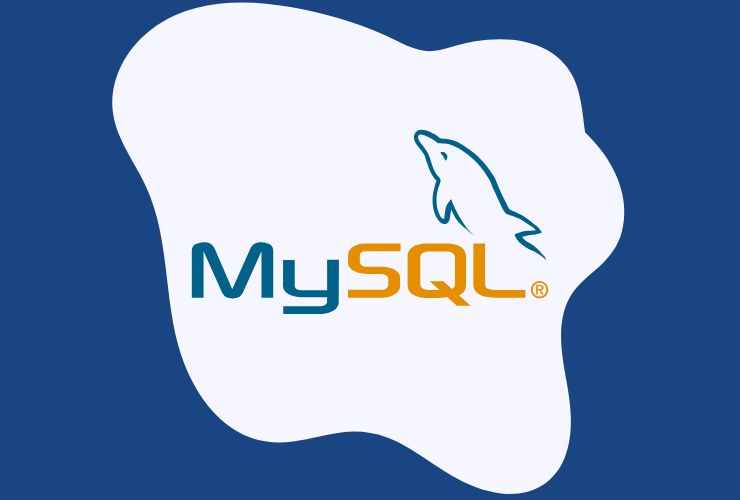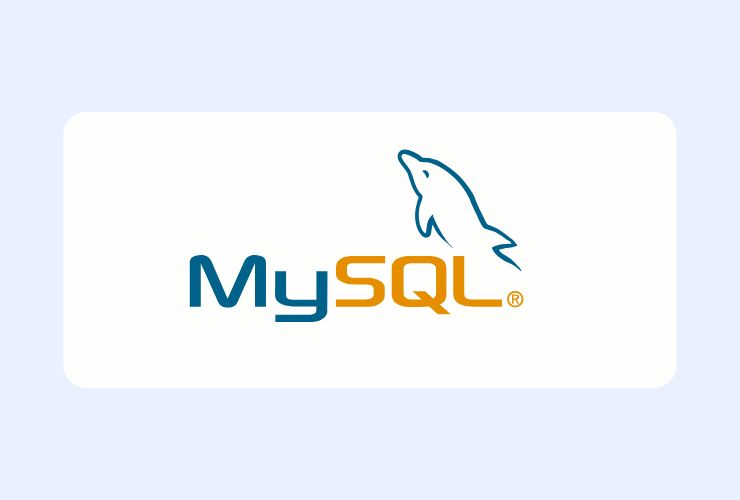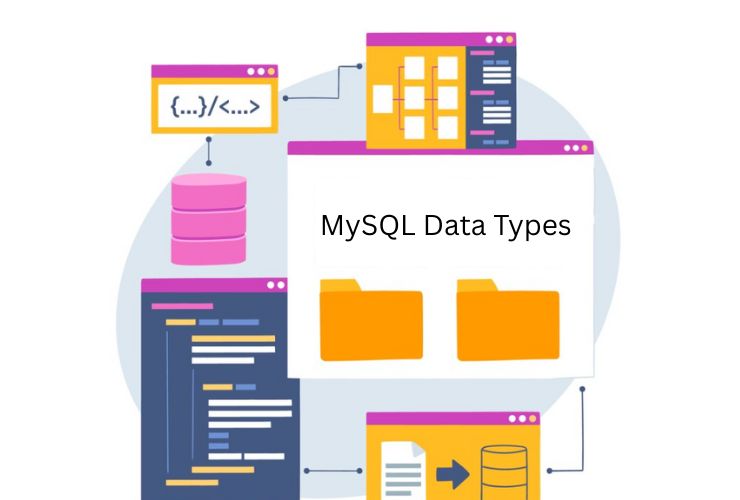As websites grow and attract more traffic, performance is an important factor in the process of ensuring that the website is still fast and responsive. For websites that rely on MySQL as their database, scaling MySQL effectively is essential to maintaining speed and responsiveness under heavy traffic.
1. Understanding the Requirement for Scaling MySQL
Web sites with heavy traffic can easily inundate one MySQL server with an excessive number of database queries. Under stress, a MySQL database can cause slow response times, and users get delayed or experience errors. In order to prevent such issues, it’s very important to scale MySQL in a way that efficiently handles greater loads.
Scaling can either be vertical scaling (increasing power to a single server) or horizontal scaling (spreading the load to multiple servers). Both methods have their benefits, and knowing the differences will allow you to identify the optimal solution for your given use case.
2. Vertical Scaling: Enhancing Server Resources
Vertical scaling involves upgrading the hardware of the server hosting your MySQL database to handle greater loads. This includes boosting the CPU power, increasing RAM, and expanding storage capacity.
- Increasing RAM: More RAM allows MySQL to store additional data in memory, improving query speed and reducing the reliance on disk I/O.
- CPU Upgrade: A faster CPU allows the server to handle more queries per second, increasing performance.
- Faster Storage: Switching from traditional hard drives to solid-state drives (SSDs) can significantly reduce data access times, improving responsiveness.
Vertical scaling is wonderful but only so far. There is only so much that you can stack onto a single server before the laws of physics come back to bite you. That’s why most popular sites must eventually look to horizontal scaling.
3. Horizontal Scaling: Load Balancing Across Multiple Servers
Horizontal scaling involves distributing the database load across multiple servers. This approach is ideal for websites with large volumes of traffic and data. There are several strategies for horizontal scaling:
- Replication: MySQL replication allows you to copy data from a master server to one or more slave servers. This will increase the number of read operations that the database can service, thus loading off some fraction of read traffic from the master database.
- Master-Slave Replication: The master server handles writes and updates, while slave servers handle read queries. This maximizes performance for high-reading applications.
- Master-Master Replication: Both servers process both read and write operations, with no point of failure.
Sharding: Sharding is a technique in which an incredibly large MySQL database is divided into smaller, easier to manage chunks (shards). It then places each shard on another server and spreads the data appropriately to avoid any server becoming overwhelmed. - Horizontal Partitioning: It refers to dividing data into fragments according to some criteria, such as user IDs or geolocation.
- Load Balancing: For replication or sharding, one should set up a load balancer that is capable of spreading the incoming database traffic evenly across different servers. This prevents one server from being overwhelmed and provides high availability and redundancy.
4. Optimizing MySQL Queries for Performance
Even with a scaled-out infrastructure, inefficient queries can still impose bottlenecks on performance. Optimizing MySQL queries is therefore important for making your database handle traffic properly.
Indexes: Proper indexing speeds up data retrieval; it thus reduces how much time is spent by MySQL in attempting to locate data. It means all your columns frequently used in the WHERE clause, JOINs, and ORDER BY statements should carry indexes.
Query Optimization: Utilize the EXPLAIN statement to examine your queries and determine where they can be optimized. Prevent unnecessary JOINs, subqueries, and SELECT * queries.
Caching: MySQL supports built-in query cache functionality, but you can also utilize an external caching system such as Redis or Memcached to cache frequently used data and lower database load.
5. Database Clustering for High Availability
MySQL clustering enables you to merge multiple MySQL servers into a single, distributed environment. The setup provides high availability and fault tolerance, as it allows the database to automatically recover in the case of hardware failure without downtime. With tools such as Galera Cluster or MySQL Cluster, synchronous replication and failover are facilitated, guaranteeing continuity even in case of failure of a server.
6. Database Connection Pooling
It may be difficult to manage a lot of concurrent database connections when high traffic is experienced. Connection pooling provides several applications access to a set of few database connections to be shared between them, hence saving on repeatedly opening and closing the connections.
With the help of connection pools (utilities such as ProxySQL or MySQL’s own connection pooling), you can have a stable number of open database connections without overloading the database with unwanted connection requests.
7. Monitoring and Maintenance
Systematic observation of your MySQL database is important to ensure it operates effectively even under high traffic. Keep track of metrics like query performance, server health, and replication lag with monitoring tools like Percona Monitoring and Management (PMM), MySQL Enterprise Monitor, or Prometheus.
Scheduled maintenance operations like table optimization, data cleaning, and server config tuning can help your MySQL database operate effectively as traffic increases.
8. Best Practices for Scaling MySQL
To summarize, here are some best practices for scaling MySQL for high-traffic websites:
- Choose vertical scaling to handle immediate load increases, but be prepared for horizontal scaling as your website grows.
- Use replication to distribute read traffic and improve performance.
- Implement sharding to break down large databases into manageable chunks.
- Optimize queries and add indexes for better performance.
- Set up load balancing to distribute traffic evenly across multiple servers.
- Plan for MySQL clustering in the event of high availability and failover protection.
- Put in place connection pooling to deal efficiently with large numbers of database connections.
- Regularly monitor for performance and maintain your database online and running without hitches.
Conclusion
Scaling MySQL for traffic-intensive websites entails a mix of vertical and horizontal scaling, query optimization, and load balancing. By implementing the best practices set forth in this article, you can guarantee that your MySQL database can handle greater traffic, optimize website performance, and provide high availability to users.














